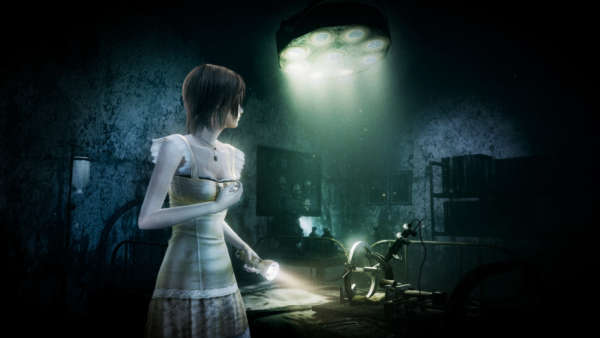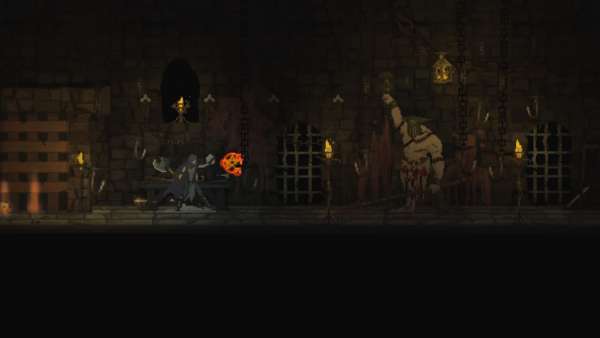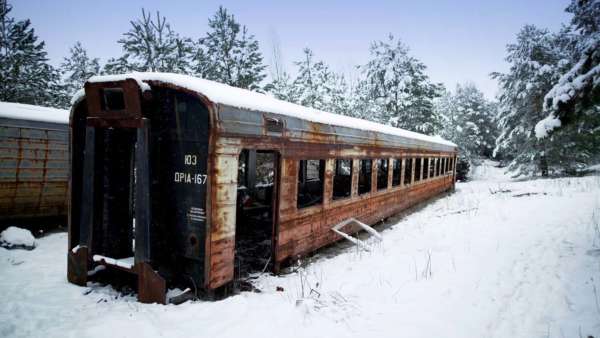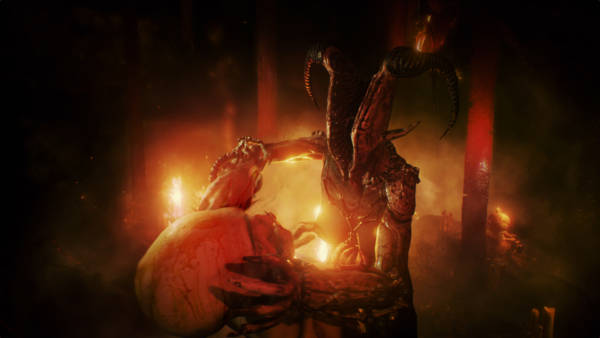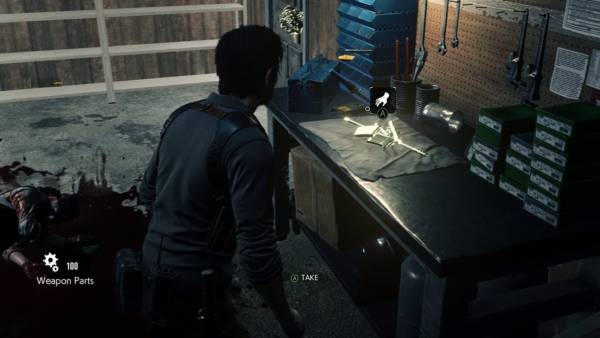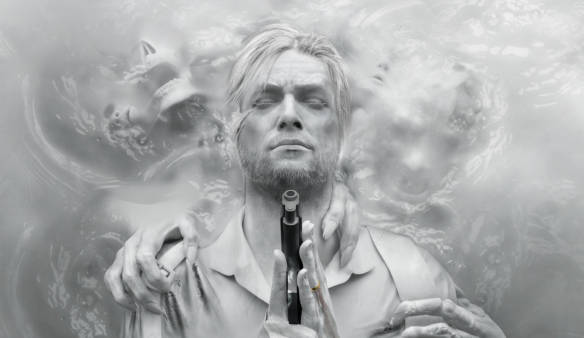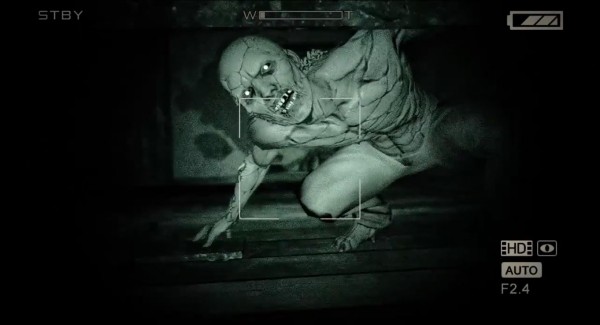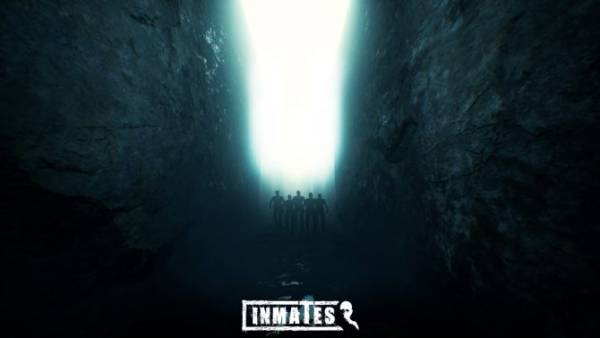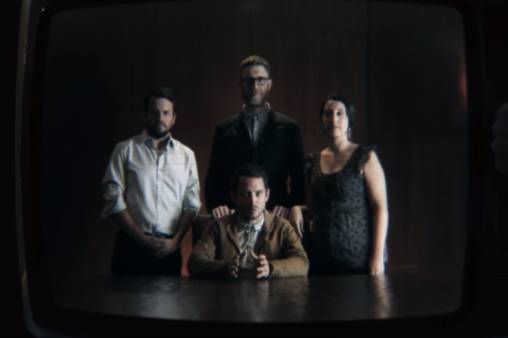Fatal Frame or Project Zero as it is known more of in the UK, is a horror game that has a pretty decent following of avid gamers who love the series, myself included – so much so the original games on the PlayStation 2 will set you back up to £100 or more.
The Fatal Frame series usually entails playing as young Japanese girls walking around some haunted grounds with a camera that is able to fight off evil spirits looking to do you harm. Fatal Frame: Mask of the Lunar Eclipse is no exception to this rule. It is not a new entry into the series but rather a remastered version of the same game that came out in Japan only about 10 years ago on the Wii. it’s now available on Steam and the latest generation of consoles like Switch, PS5 and Xbox Series X/S.
Mask of the Lunar Eclipse starts with the usual horror tropes of waking up inside a dusty old building without your memories and not having any idea how you go there. This is pretty forgivable considering the game originally came out in 2008 but it was also pushing the classic horror trope a bit thin even back then.
After waking up inside Haibara Hospital and the usual introductions into the base game mechanics – you’ll acquire the real main protagonist of the game, the Camera Obscura. The camera is the main weapon in the series and allows you to defend yourself from the onslaught of shimmering spectre’s that look to do you harm. Easy to use but hard to master, the idea is focused around your timing and the distance from you and the ghost. An interesting mechanic when the games were first released and still good today as it forces you to get closer to the ghosts when in horror games, you’re usually running in the other direction.
The longer you focus on a ghost, your meter will fill up around the edge of the camera and once fully charged you can do a “Max Power” damage attack to chip off as much health from the ghouls as possible. You can further increase your chances with a number of different lenses, upgrades and film types each one helps you take more damage off or debuff ghosts, such as pushing them back or stunning them to give you more time to build up your shots for the most damage. The games upgrade system is by no means in depth by modern standards but you can collected spirit stones to upgrade your equipment to help you in areas that you lack when in combat.
As the name of the game reiterates, you can also produce a ‘Fatal Frame’ for maximum damage and it’s the only time the game allows you to chain damage without needing to reload film or wait. This mechanic is all about waiting right until a ghost lunges in for the attack and you take a picture of them in action. While it may seem like a hard thing to get right, you do find an upgrade pretty early on that gives you a visual indication of when this is happening.
In Fatal Frame: Mask of the Lunar Eclipse, an new weapon is usable when playing as certain characters, the Spirit Flashlight – and works pretty much the same as the camera with some slight differences. Instead of film, you use the moonlight that is stored in a spirit shard, and charge this up to max out your shots like the camera and fire it at the ghosts. Spamming shots, will deplete the shards uses and will make you defenceless until you give it time to charge back up again. This does make you think a little more conservatively making sure to max charge each time but I never encountered a battle, apart from the first one, where I ran out of magic moon juice. It did make me frantically run around the hospital entrance with two ghosts chasing behind, so learn from my mistake.
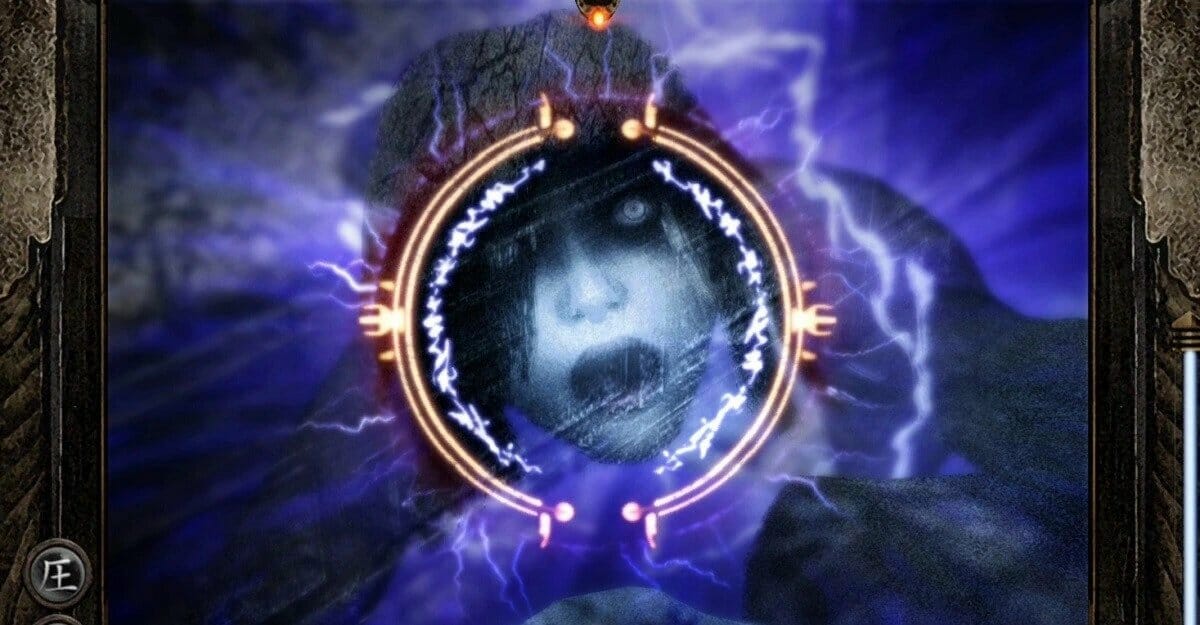
Ghost battles with both weapons are fun to use, but in the later stages it can feel a bit same-y, the games’ mechanics slow down combat on purpose by making you wait and charge before attacking – back in 2008 this was a great way of adding tension to a different type of horror game. Repeating this process and beefing up ghosts with more health does not always make the fights more challenging, just longer. I enjoyed each battle, but they are almost identical from the first ghost you see in the beginning, right up until the end of the game. Plus some battles are fought in really narrow spaces and these can just be frustrating rather than fear-inducing. This is probably also just a consequences of the mechanics being 10 years out of date to what we expect from a modern horror game but it is worth pointing out.
When you’re not fighting off ghosts with your magic camera or flashlight, the main aim of the game is to get from point A in one part of the hospital, to point B in another part – usually blocked by a locked door or broken down elevator and you have to find a way to fix these issues by completing a series of puzzles. Neither the puzzles nor the blocks in the road that slow you down are hard to overcome but it does focus on my one gripe about the series – how slowly you move…
A lot of the game is spent trekking across the map and back again multiple times, in different story arcs and your characters do not run at all. Even when you press the sprint button at best they are walking a little bit quicker and it is really frustrating when all you do is walk down empty corridors. Most of the time, for no real reason other than to progress the story. Originally it was probably a design choice to make the game more scary – feeling closer to being attacked at anytime and not being able to dash away to safety, however, it is in these moments where Fatal Frame shows the cracks of time.
When you do get to the narrative elements of the game, the story is great, intriguing and engaging. Finding out a little bit more each time about the girls backstories and why they were in the hospital in the first place, how the secrets of the island slowly come to light and why Kirishima the detective finds himself back onto the island again after so many years – all these elements that you uncover keep you wanting to play. It’s just a shame they can be scattered far from each other and usually at the end of each phase.
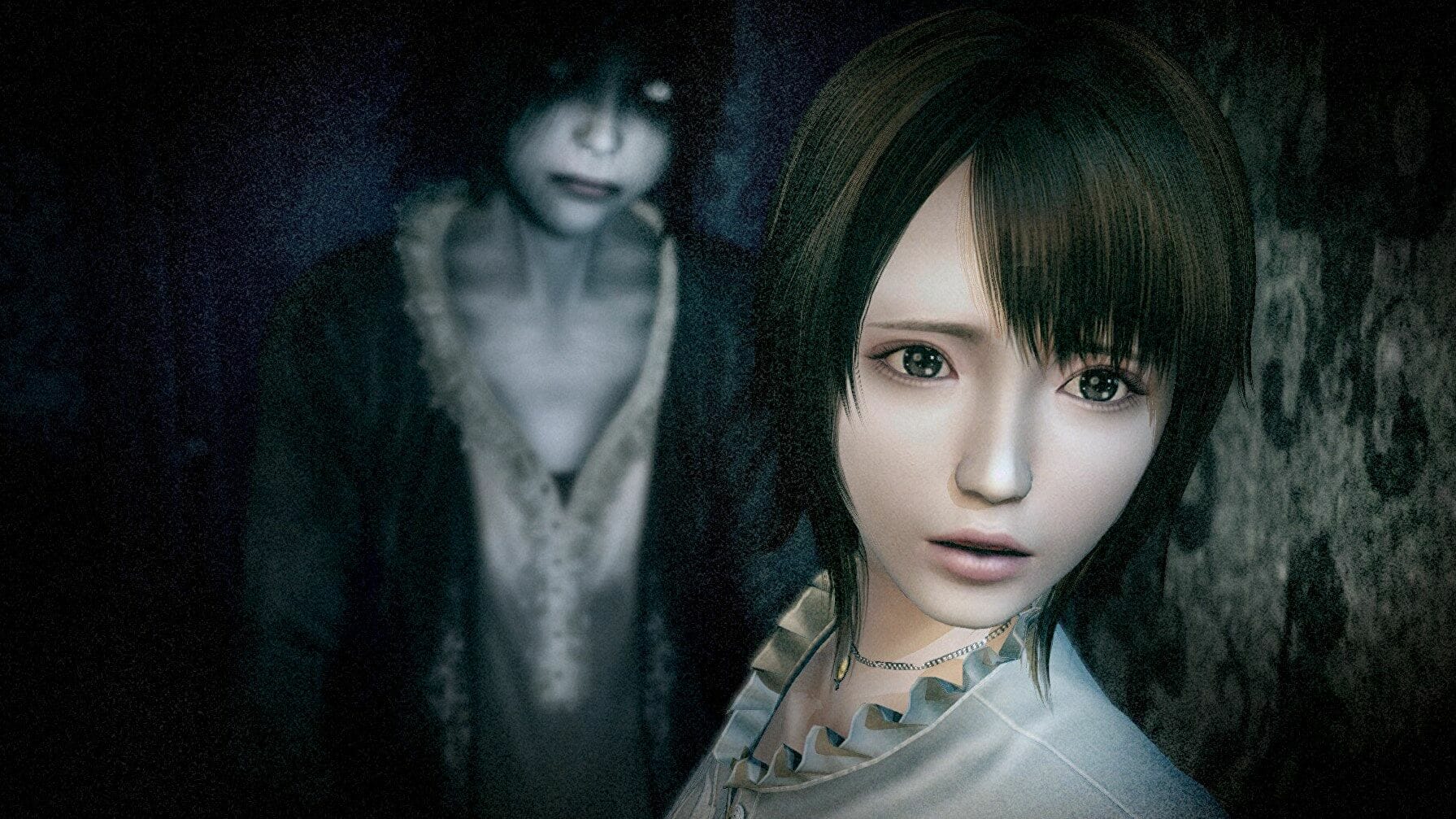
Fatal Frame ten years ago, I would have considered scary – I remember playing it in the dark at university and having a fun time with friends, jumping at the odd unexpected ghost that jumps out of you. Today though the game isn’t probably considered scary but it is still a very atmospheric game to play, one that keeps the hairs on the back of your neck always slightly standing on edge. It’s likely this element that has made the games grow such a following over the years, it’s not terrifying but it is forever unnervingly creepy.
It truly feels and plays out like a 90’s Japanese horror movie, moving from the maze dark corridors into dimly lit rooms all scattered with items, that when you grab something could be grabbing you as you nervously turn around each corner or open each door not knowing when something might jump out at you.
The issue is with the atmosphere waning in places is with the constant focus on battling ghosts and taking pictures of ghosts doing ‘normal’ things, like walking down a corridor that makes the effect start to wear off a little. They become a little bit too common in the game which takes away a little bit of their creepiness. When you least expect it is where the games truly shines and there are still moments that will downright catch you off guard.
The remastered version of the game, does look better than the original which you’d hope for coming off the back of the Wii onto modern consoles. Textures have been made more high definition with a film grain slapped over the top to hide any imperfections. Each area looks nice, or what it can be for an old run down Japanese hospital but the vibe is spot on for the remaster. Make no mistake though, it still looks like a 10 year old game that has been tidied up.
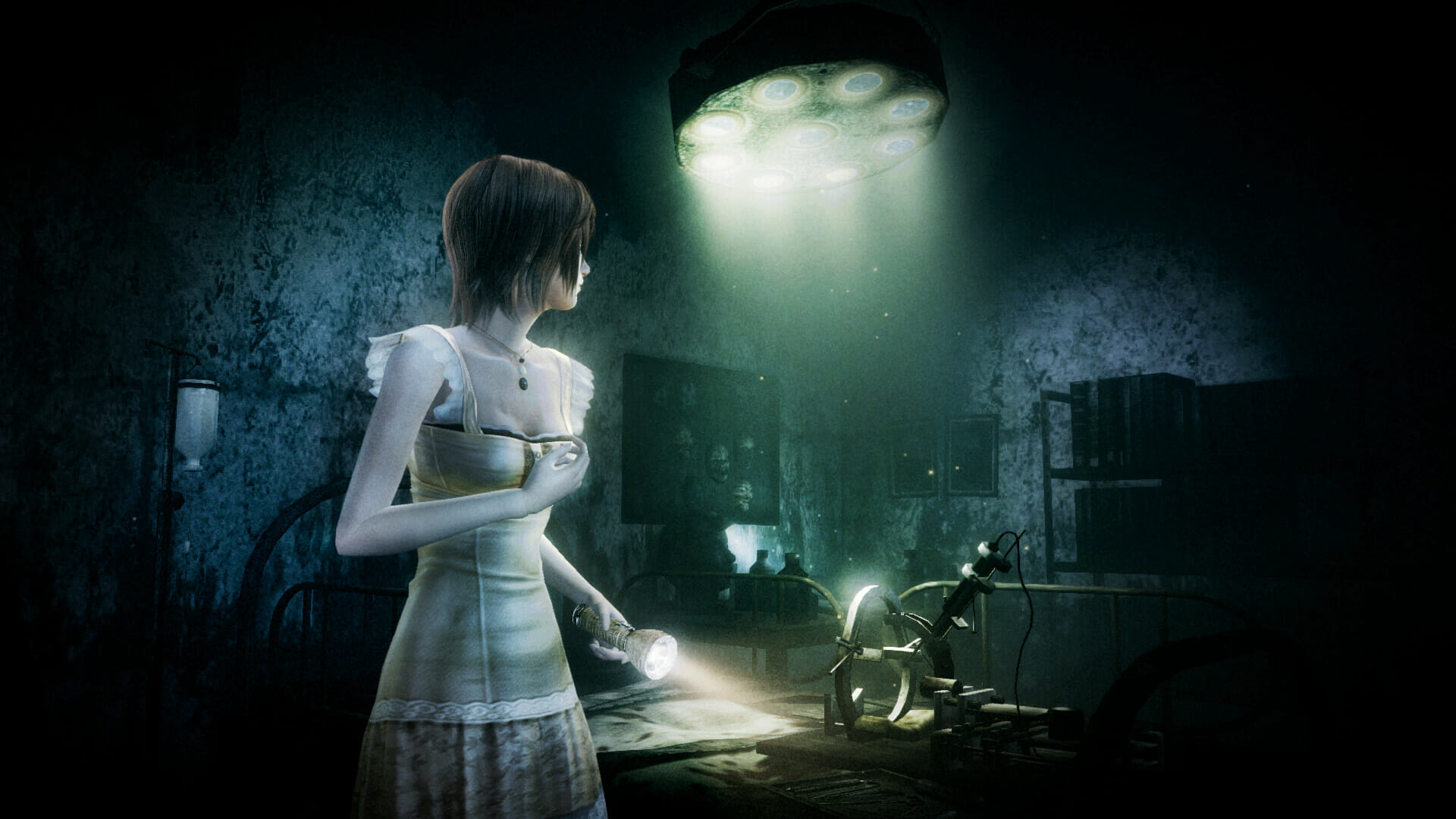
Characters have had the most time spent on them from a visual point of view, which makes sense, considering a big chunk of the game focuses on being able to dress your characters up in true Japanese fashion. You can unlock costumes and accessories to change each of the protagonists appearance in game and there’s a built in Photo Mode that enables you to become the best gothic photographer, setting up ghost props and action shots. Not likely to really tick the boxes of many gamers, as I find photo mode a bit of a waste of time in all games, but, if you like that sort of thing you can get creative in Fatal Frame.
It’s just a shame that no real time was on the controls, they work better than the original but characters still move like a tank which reminds me of early day Resident Evil games. There were times I could only move forwards unable to turn until I stopped and restarted moving again. Not very helpful when trying to outrun a ghost down a narrow stairway or through a door.
Mask of the Lunar Eclipse, even 10 years later is not a bad game to play its just shows that horror games have evolved, not just from a game design perspective but also a narrative one. Fatal Frame: Mask of the Lunar Eclipse is a good game to play, has a decent story to keep you engaged and does have moments of horror that gamers will enjoy. You’ll just have to look past some aged horror tropes, incredibly slow walking and backtracking.
If you are looking for a super modern horror game or are new to the series, you might struggle a little to get into the game. If you like nostalgic horror games or the Fatal Frame series and did not play the Japanese version, it’s worth diving into and you’ll really enjoy going back to the Fatal Frame series with nicer visuals like I did.
